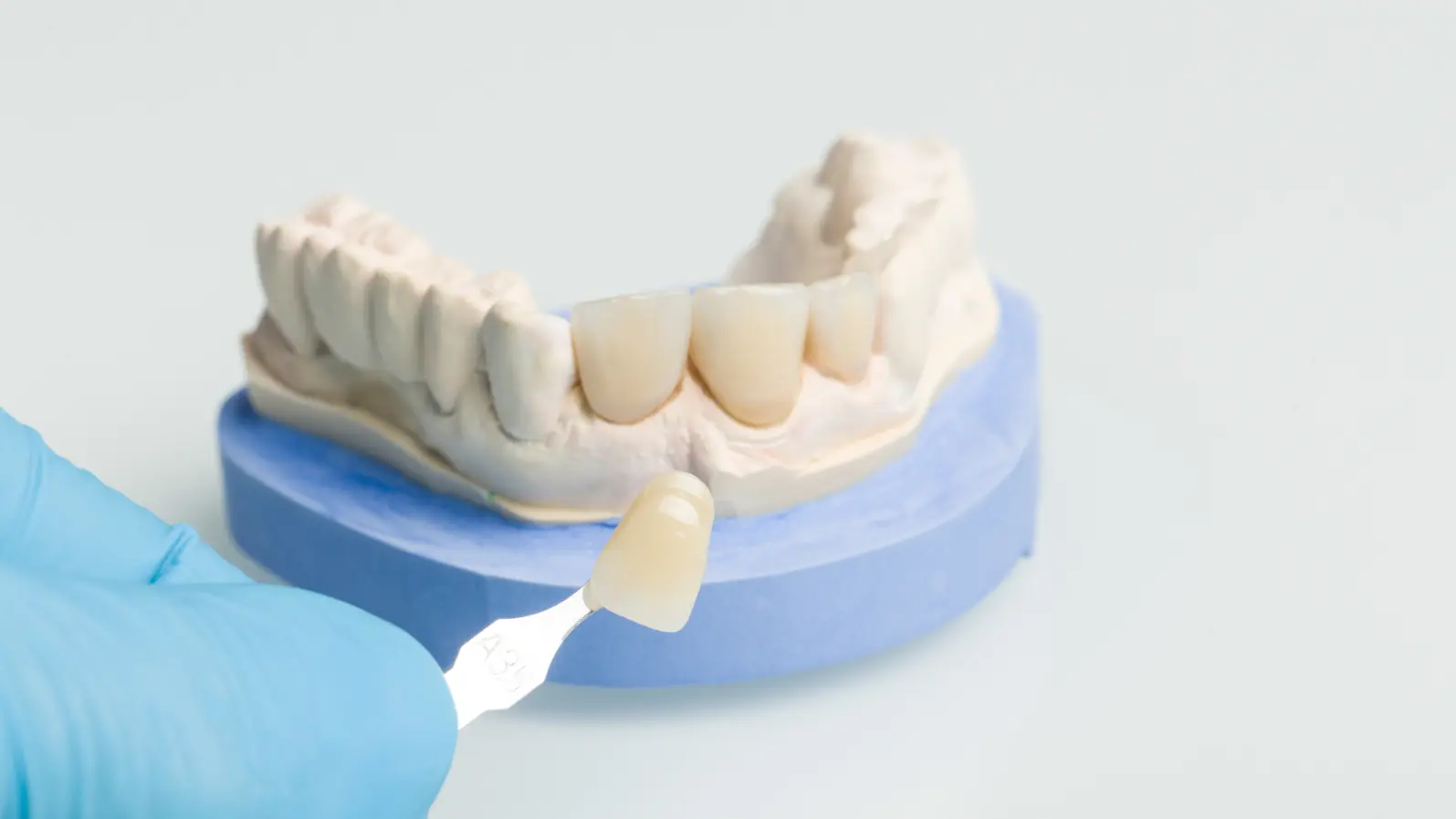
Growing Miniature Human Teeth in the Lab: A Step Toward Natural Tooth Regeneration
A New Model for Tooth Biology
For decades, scientists have understood tooth development mainly through studies in animals. But the biology of human teeth, especially how their stem cells function, has remained largely mysterious. A research team led by Hugo Vankelecom from KU Leuven and collaborators in Belgium, Japan, and the UK has now made a breakthrough: they successfully grew miniature 3D tooth organoids tiny self-organizing structures derived from human tissue that mimic real teeth at the cellular level.
The study, published in Cellular and Molecular Life Sciences (2022), describes how these “tooth organoids” were developed from dental follicle (DF) tissue, a membrane surrounding unerupted wisdom teeth. The organoids display key properties of epithelial stem cells, the type responsible for forming enamel-producing cells during early tooth development.
“We now have a long-term expandable model that behaves like the natural tooth’s epithelial stem cell niche,” said lead author Lara Hemeryck. “This brings us closer to understanding human tooth formation and, ultimately, regeneration.”
Building a Tooth in a Dish
The researchers began with dental follicle samples taken from extracted wisdom teeth. After isolating and dissociating the cells, they cultured them in a specialized cocktail of growth factors designed to mimic the conditions that support epithelial stem cells. Within two weeks, small 3D clusters formed the first human tooth organoids.
These organoids could be expanded for months without losing their unique features, something that was never achieved before with human dental tissue. Molecular tests showed that the cells expressed markers typical of the epithelial cell rests of Malassez (ERM) a structure surrounding tooth roots believed to contain dormant stem cells.
Using single-cell RNA sequencing, the team confirmed that the organoids shared nearly identical gene signatures with ERM cells, supporting the idea that they faithfully replicate natural tooth epithelial stem cells.
Mimicking Natural Tooth Development
One of the most exciting findings came when the organoids were exposed to epidermal growth factor (EGF) and transforming growth factor-beta (TGFβ). EGF triggered a temporary burst of cell growth followed by a process called epithelial-mesenchymal transition (EMT) a phenomenon also observed in tooth tissue during repair or inflammation.
TGFβ, on the other hand, drove the organoids to differentiate into ameloblast-like cells the specialized cells that secrete enamel matrix proteins such as amelogenin (AMELX) and ameloblastin (AMBN). These proteins later harden into enamel, the hardest tissue in the human body.
When cultured under mineralization-inducing conditions, the organoids even formed calcium deposits, mimicking the early stages of enamel formation.
Revealing the Power of Cell Interactions
To recreate the natural environment of tooth development, the team combined the epithelial organoids with dental pulp stem cells (DPSCs) the soft connective tissue cells found inside teeth. The result was a composite 3D model called an “assembloid.”
In this hybrid, the presence of mesenchymal (pulp) cells triggered enamel-related differentiation in the epithelial cells, closely mirroring how the two cell types interact in a developing tooth. Blocking the TGFβ signaling pathway stopped this effect, confirming that TGFβ is a key driver of enamel and periodontal tissue development.
Why It Matters
This new organoid model could become a transformative tool for studying how human teeth grow, repair, and respond to injury. It could also be used to model dental diseases and test new treatments. Most importantly, it lays the groundwork for biological tooth regeneration the possibility of growing new, natural teeth in the lab to replace those lost to decay or injury.
While full tooth regeneration in humans remains years away, this research shows that postnatal human teeth still contain viable epithelial stem cells capable of renewal. Learning how to reactivate them could someday replace synthetic dental implants with living, self-renewing tooth tissue.
Reference
Hemeryck, L., Hermans, F., Chappell, J., Kobayashi, H., Lambrechts, D., Lambrichts, I., Bronckaers, A., & Vankelecom, H. (2022). Organoids from human tooth showing epithelial stemness phenotype and differentiation potential. Cellular and Molecular Life Sciences, 79, 153.